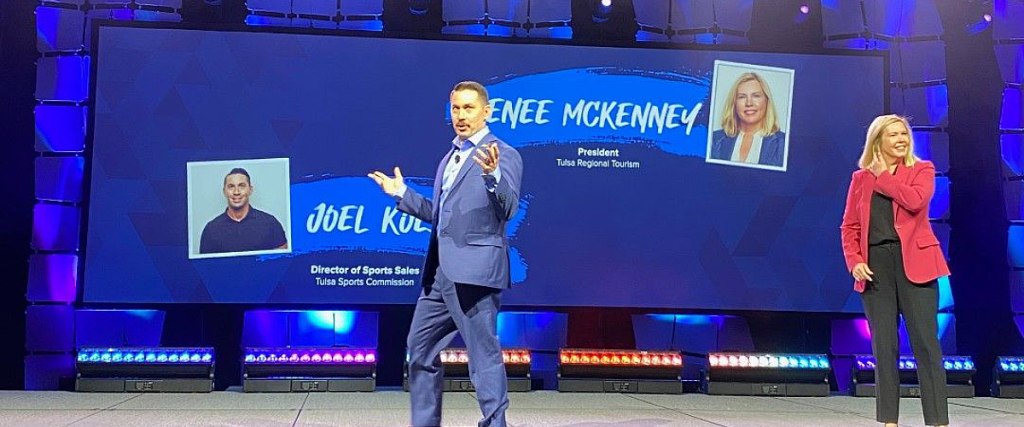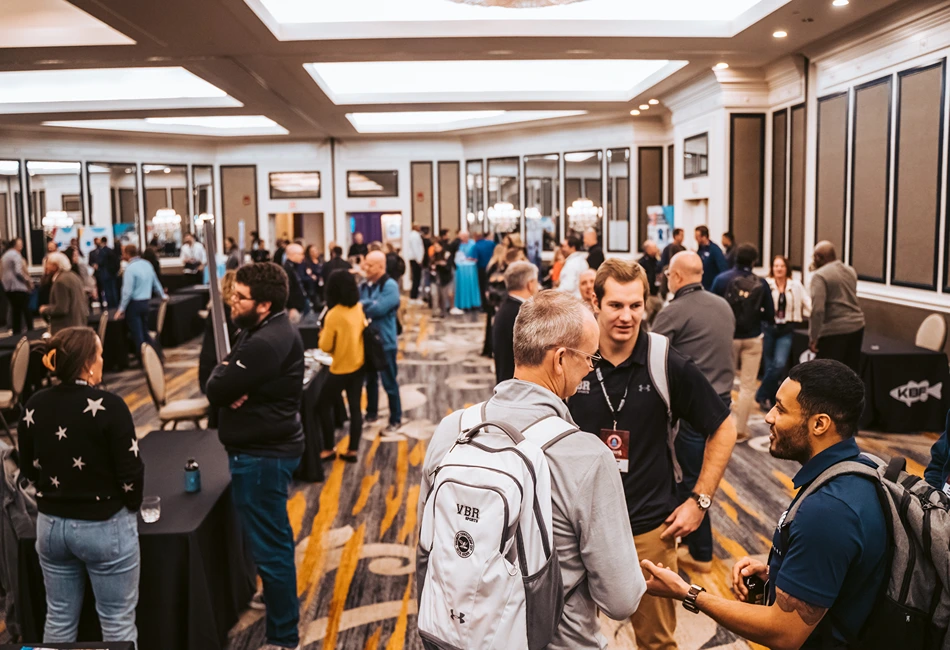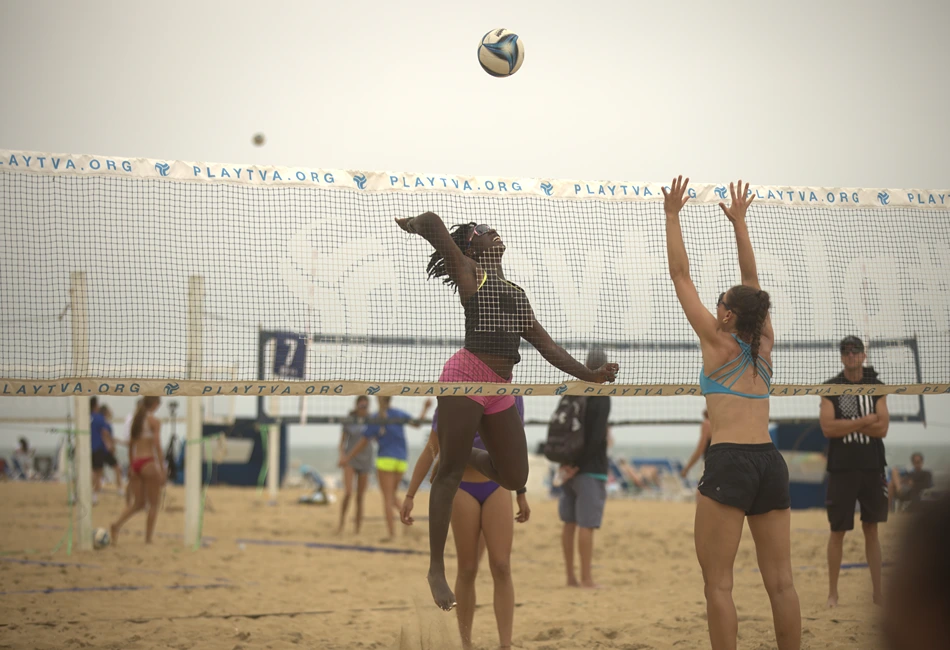Jason Clement, CEO of SFA/SFM
As the country’s leading youth and amateur facility developer and management company, SFA/SFM has helped communities it serves get back on their feet by reintroducing sports tourism events this summer.
Click the play button to watch the entire interview
With 20 facilities in 16 states, the team has been busy making sure they can reopen in a way that is safe, healthy, sustainable and able to deliver on their mission of improving the health and economic vitality of the communities they serve. Where they’ve been able to reopen safely, results are impressive.
“Our venues are all on the reopening path and we’re seeing sports tourism do what it does and be the tip of the sphere for those communities that are allowed to reopen,” said Jason Clement, CEO of the organization.
SFA assists clients with facility development, whether it is strategic planning, financing, development, or opening and management of youth and amateur sports facilities. “When these facilities are done right and they are going right, they do just that—mentally, socially, spiritually, physically they make a real impact on those communities in which they are located,” he said. “The flipside of that coin is that these need to be sustainably financially. We make sure we are performing well and setting up each of those destinations with an operating platform and a financial model.”
Early on in this health crisis, SFA/SFM recognized the need to create a Back to Play blueprint that would help facilities relaunch operations safely and securely. They culled their team of seasoned facility operators and formed a committee encompassing all level of employees. “We were just flooded with ideas, thoughts, anything from what are the right cleaning agents, attendee screening, communication structure to the outside world and what happens if a positive case occurs,” comments Clement.
As the process evolved and as guidance became clearer, versions of the guide were updated and the team ultimately decided this would be a good resource for the industry. “We recognized back in April as our facilities reopened that if any of us make a mistake, it would be an issue, so at this stage there’s no reason to hoard information.”
As more facilities came online, SFA/SFM created a second committee that handles feedback to review what may need to change. They have been closely monitoring COVID cases at their facilities and to date have welcomed over 120,000 attendees, with a total of eight reported cases, all of which were brought in from the outside. Clement feels that’s because their policies are working.
Sports Tourism Elasticity
While nobody’s thriving in the travel industry, one of the bright spots is the return of travel sports. “It’s been really encouraging,” notes Clement. When this first started, we recognized that the big national events would take a little longer, so we started with some local events, mostly in the outdoor space. Those first few events in Missouri, Florida and Alabama were a really encouraging step that the policies and procedures we put out there were working.” Soon, other locations opened in Wisconsin and South Carolina, and in some areas indoor events like basketball and volleyball are taking place.
Clement’s proud that sports tourism is leading the way out of the recovery. “One of our clients is Panama City Beach CVB. I just got an email from the CEO that said that they’re seeing right now that sports tourism, that was recession-proof a decade ago, is leading people back to their destination. Once we get through the health and safety part of it, and we’re handling that responsibly and appropriately, now it’s about the economy. Youth and amateur sports have proven to be recession-resistant in bringing people back and spending back to communities that desperately need it.”
In those venues that have reopened, some are beating original budget – a handful of venues have had the best June and July in the history of their complex, a result of pent-up demand that’s in the marketplace right now. “Talking to a baseball organization, he said, ‘Once our constituents realized we were going to be safe and healthy, it was like the barn doors just flew off because now they just want to play.’ And that’s what we’re about providing in each of our destinations.”
Seasonality of Sports Shifts
With the spring season obliterated, SFA/SFM facilities have seen a rotation of traditional spring and summer sports, like baseball extending well in to the fall. “We had events certainly that cancelled, but a lot of them we were able to move into the summer and fall.” Clement points out that there is a drawback to that, mostly with families and youth having to specialize in a certain sport earlier.
He’s also conscious about access to sports. “As our facilities get busier into the fall, it makes it even tougher for kids and families who are used to local recreation play, but the facilities are busy now with sports tourism. So, we’re actively looking for solutions and bringing those to the table because sport has such a positive benefit on the character development and physical development of kids.”
Clement also debuted a new facility opening up near Chicago’s Midway Airport. The mixed-used development includes sports tourism and entertainment, plus programs for local youth who will now have access to a world-class sports facility.
Clement is bullish about the industry going forward. “Once we’re allowed to reopen in a safe way, it’s just going to explode.” The industry is pegged between $15 and $24 billion and about to hit $30 billion in really short order.





